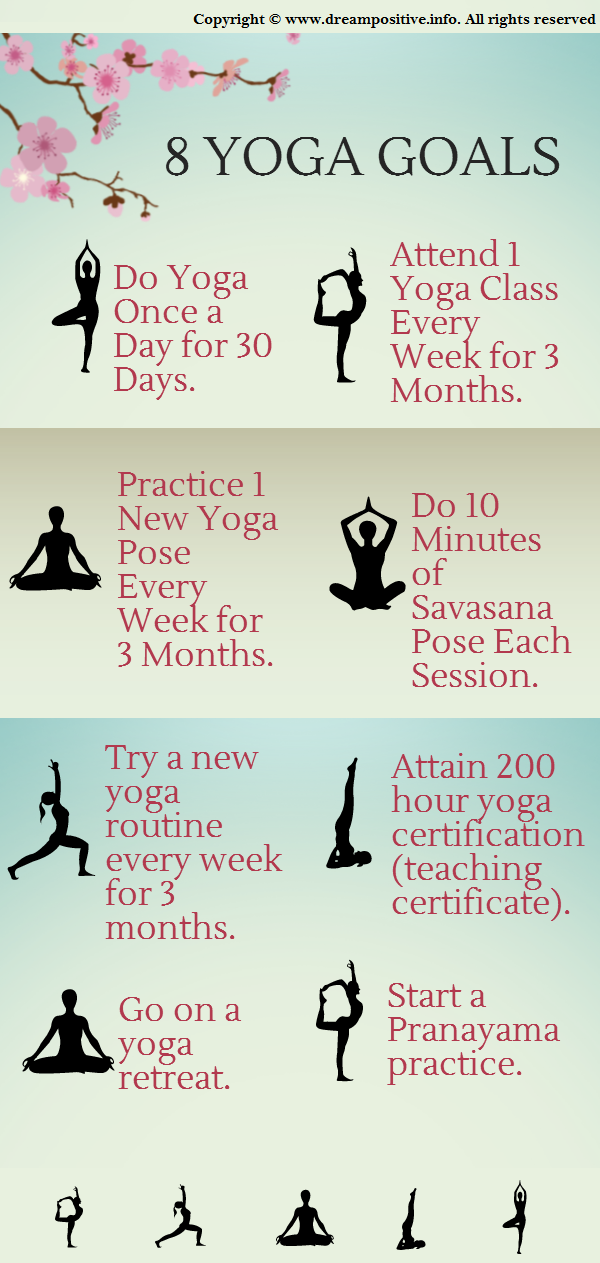
Yoga: Everyone knows about it and many practice it on a regular basis. But naked yoga? As in, in the nude, no clothes, au naturel, exactly like you came into this world? Yep, that’s right. If this is the first you’ve ever heard of then keep on reading and discover why it is gaining so many enthusiasts all over the world. And the most amazing of it is that people are actually going to group classes to practice naked yoga, not just at home or when in nature.
It started as a part of Indian yoga philosophy were members would undress themselves both physical and spiritually from all material possessions, sexual desires and anything physical of this world. Could there be anything more freeing than not having anything on you?
Naked yoga then travelled to Europe through naturist movements in Germany and Switzerland and to North America in the 60’s taking a ride from the hippie movement. It has been depicted in several 1960’s and 70’s movies.
Its modern roots and recent success I might feel tempted to attribute it to the “Sex and the City” culture of one’s sexual liberation. In the 90’s and early 2000 several groups for distinctive audiences came along (all men classes, all women, homosexual, for children). It seems that despite modern’s society idea of selling nudity and sex being displayed in every movie or advertisement you see, there is no freedom in enjoying our own nudity, whether in public or in private. And these classes seem like the perfect opportunity for it.
What drives someone to be naked in a group class?
Or to practice yoga naked for all that matters, in public or in private? People’s motivations are quite different and we will explore some of them from a psychological point of view.
Here are some motivations for practicing naked yoga:
- Feeling free. When you dispose of everything (and isn’t yoga about releasing your mind from all the clutter to obtain enlightenment?) and present yourself fully to the world aren’t feeling free? And you might also feel free from liberating yourself from social restraints against nudity.
- Feeling good about your body. Body and image acceptance are key important aspects in one’s self-esteem. Which might be hard to achieve when your mind is flooded with Photoshopped images of non-real bodies and society calls that beauty. What if you could find the beauty within you and feel pretty about it?
- Leaving embarrassment and other negative feelings outside. Did you know that feelings like embarrassment and shame are socially constructed emotions? As in, we were all taught about the things we should be embarrassed about? What if you could not be embarrassed about your body and person? Wouldn’t that be a sensation worth having?
- Getting in touch with Nature. With human nature for all that matters. Yoga is about paying attention to the here and now. How can you do that if you’re still attached to mundane things? How can you enjoy the beauty of Mother Nature’s work if you’re not paying full attention?
- Re-connecting with others humans in a naked mind-body-and-soul way. We all know that most of the time we wear identity masks either to shield and protect us or to keep others away. And is there anything else that expresses our fragility better than nudity? What if the walls that prevent reconnection to others come be tumbled down and we could feel a deep sense of bounding to other humans?
A few psychological benefits of naked yoga.
- Working on your self-esteem. As mentioned above, a good-real body image and body acceptance are key parts of self-esteem. And accepting one’s body as it is, is half-way into accepting one in overall and valuing the amazing person that you are.
- Feeling good about your sexuality. Meaning that you feel good about your sexual identity – being a man or a woman. You will not only accept your social part as a man or a woman but feel comfortable “being in your own shoes”.
- Freeing yourself of too much sex. Seems like counter intuitive? Don’t confuse sexuality with sex! Sex is a very important part of our nature but it is taking too much space of our significant relationships. Naked yoga can help you regain intimacy with your partner, a far greater component in successful relationships than just good sex.
- Having fun! Do you remember how you were as a child? Do you remember running in your backyard or at the beach barefoot and fully nude? Didn’t that just feel great? Practicing nude yoga can bring that wonderful feeling back. And no sexual restraints attached to it!
Please remember that before practicing naked yoga you should be comfortable about it and it should be a pleasurable activity for you. So, if you’re up for it, give it a try!
Image source: Cutcaster.com (purchase order #57281)























